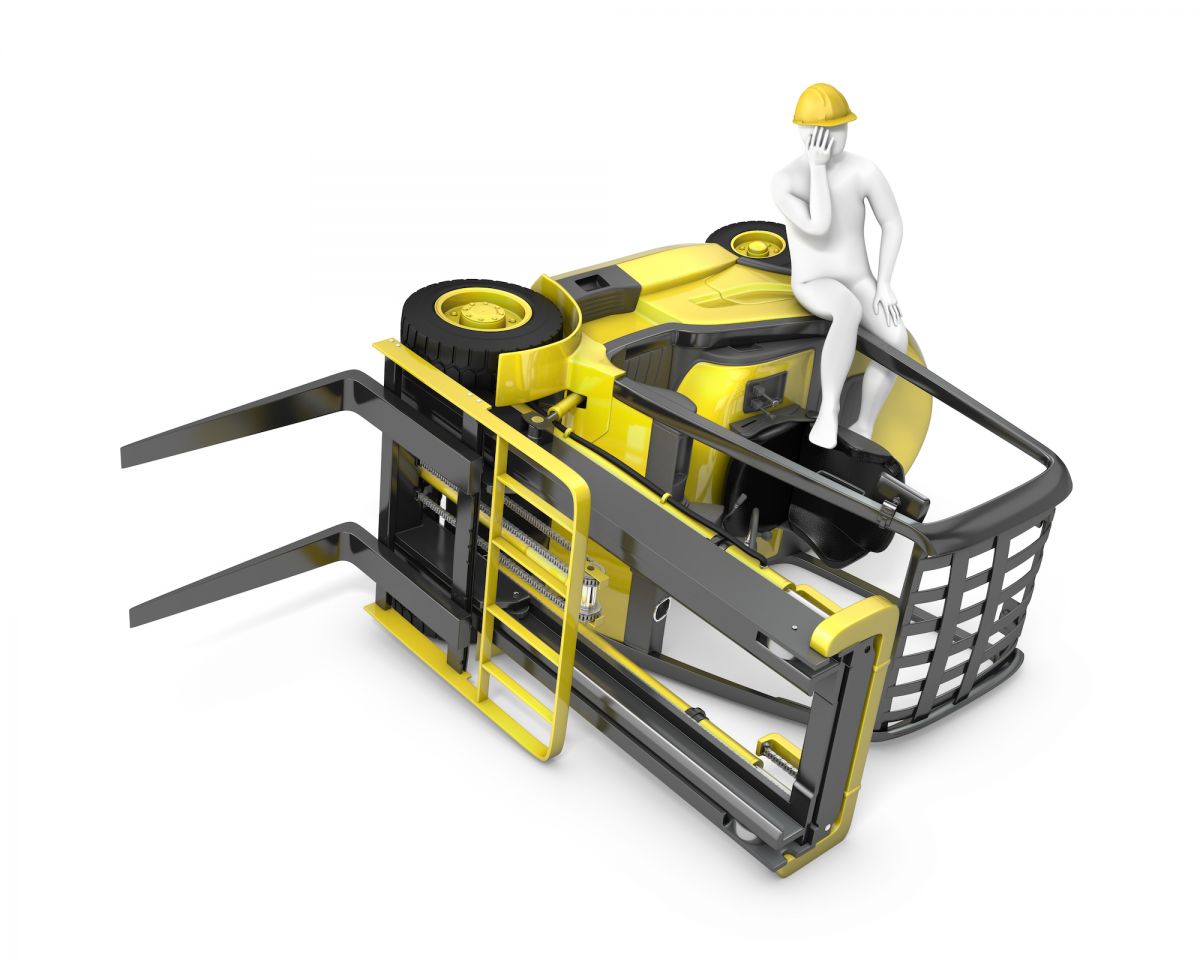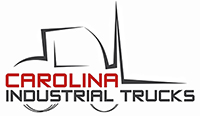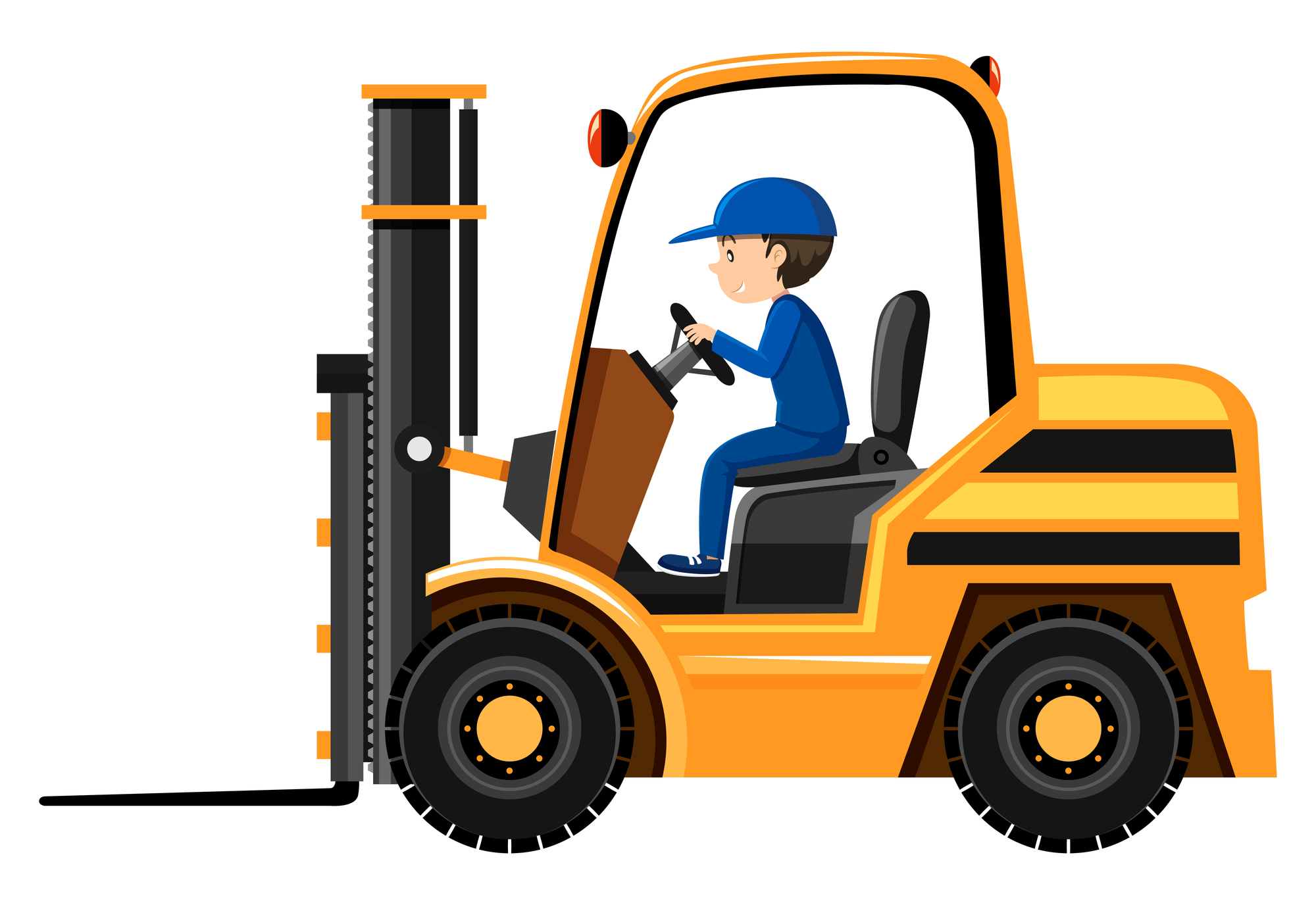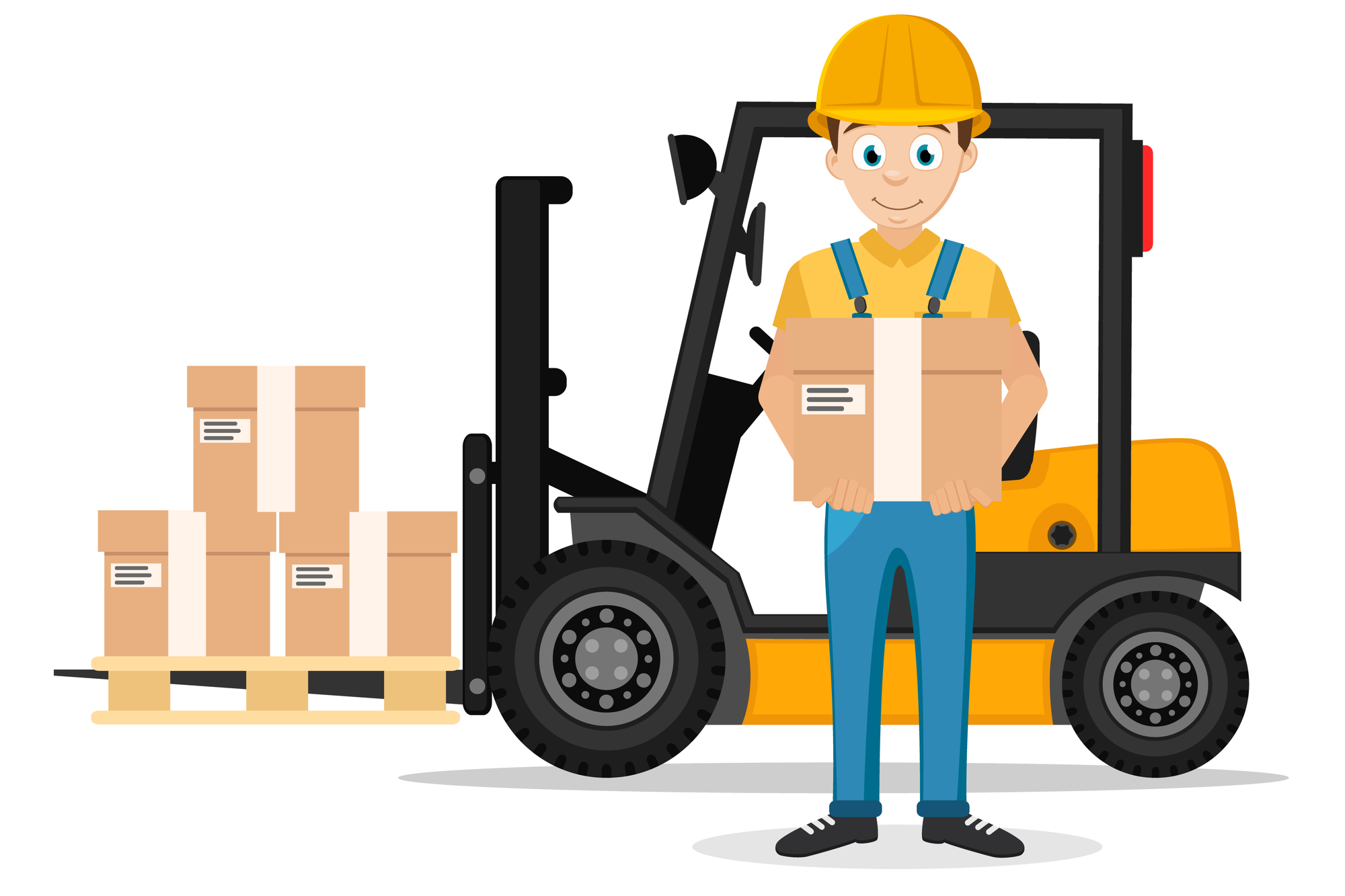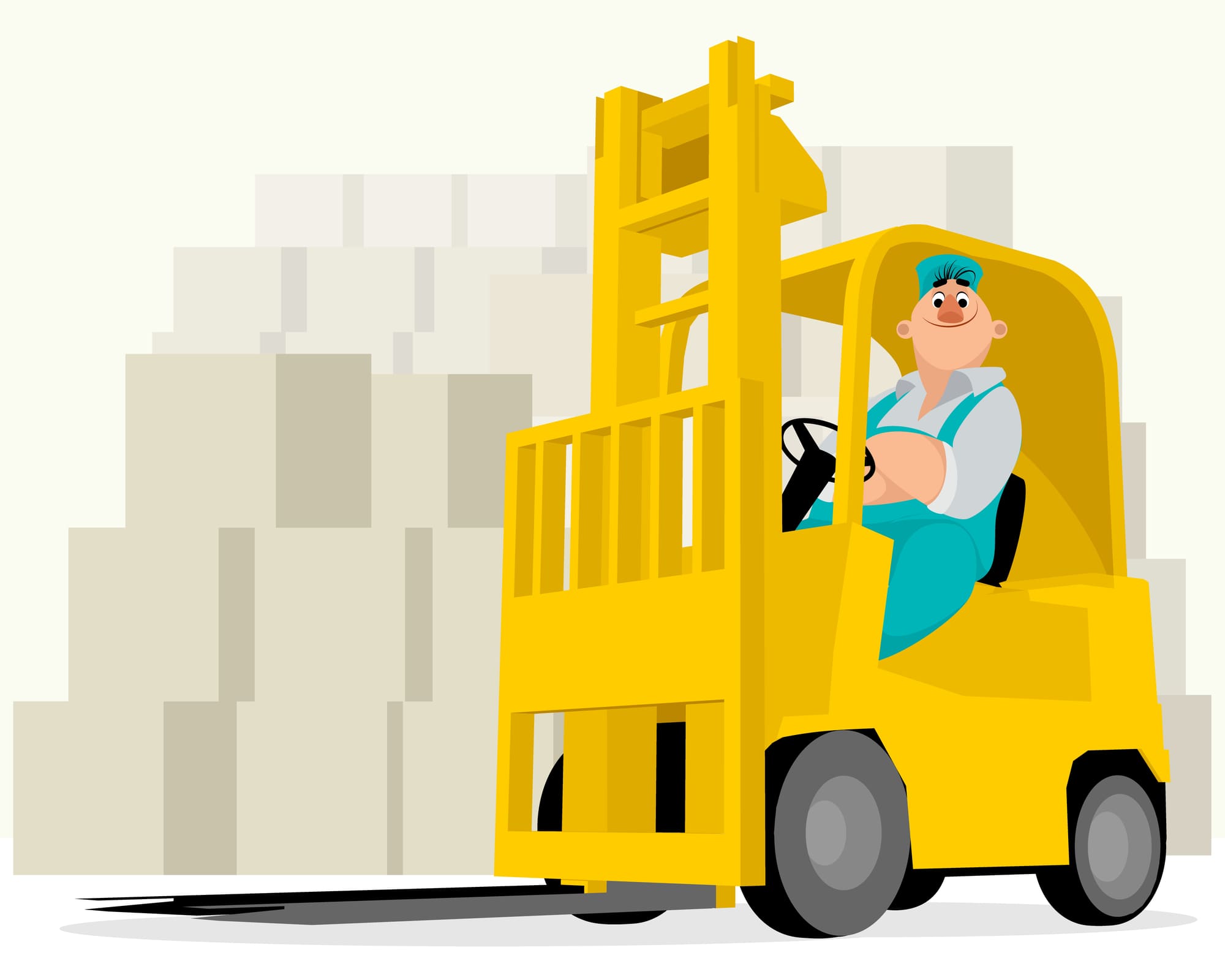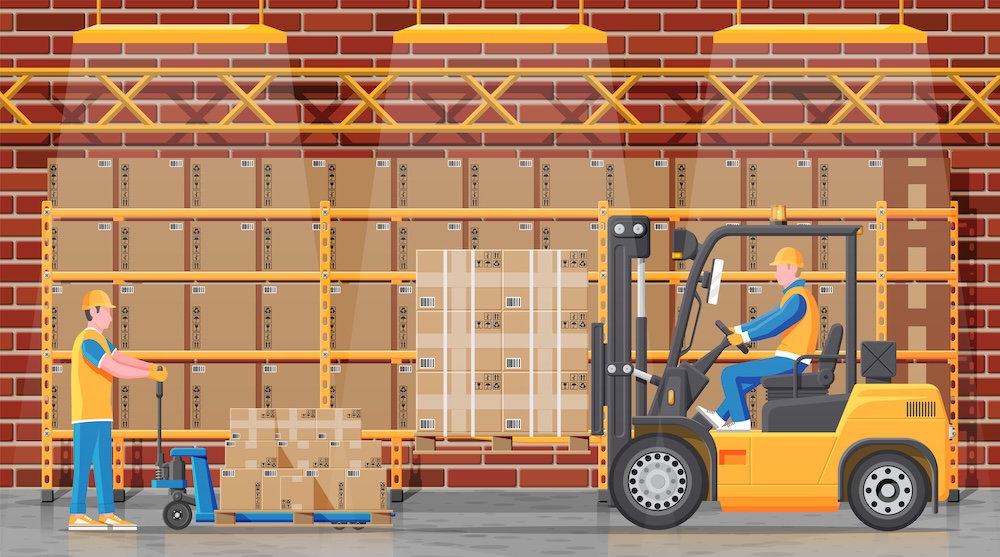How to Prevent Forklift Accidents in Your Warehouse
07/16/2019
CITrucks
Forklifts should be operated with care by a certified operator. Here is a guide on how to prevent a warehouse forklift accident from occurring.
Forklifts play an important role in retail outlets, warehouses and other commercial areas throughout the U.S. Despite their input in commerce, forklift-related citations are usually amongtop 10 OSHA violations each year.
How do you ensure your employees are safe when operating forklifts?
As a warehouse owner, you probably worry about forklift accidents hurting your staff. You need to put precautionary measures that ensure the safety of your staff and your goods too.
Ensure All Forklift Operators Are Trained Professionals
Keeping all employees safe in your warehouse should be your top priority. The simplest way to do so is by ensuring all forklift operators are well trained. The operators should always be sober while handling forklifts.
How will you ensure that forklifts are handled by trained operators? Implement a structured training program for your employees on forklift operation and safety. As an extra step, give an annual refresher forklift operator training to all your employees.
Put Measures in Place to Prevent Tip-Overs
Tip-overs are the leading causes of serious forklift injuries in warehouses. Mostly, tip-overs occur when the forklift is overloaded.
When a tip over starts to occur, the operator might be tempted to jump out of the lift. However, this can lead to severe injuries because the forklift can fall in the wrong direction and topple over on top of the operator. Many deaths and serious injuries occur this way.
Tip-overs can be prevented in the following ways:
1. Speed Limits
Set a specific speed limit of operating forklifts within your warehouse. Forklifts have poor stability, especially when operated at high speed. Also, remind your forklift operators to slow down whenever they're turning corners to ensure stability.
2. Never Overload
Overloading is the number one cause of tip-overs while operating forklifts. Don't overload the forklift, especially when moving unstable loads.
3. Avoid Wet and Slippery Floors.
Operating forklifts on such surfaces may cause sliding and tip over.
4. Use a Seat Belt
A forklift operates just like a vehicle. Put on your seat belt because it'll prevent you from being thrown out of the forklift in case it tips over.
Lower the forks and tilt them back. This gives you more stability when carrying the load.
5. Use the Right Forklift
There're sit down and stand up forklifts each designed to operate in different areas. How can you tell which one is the most suitable? Look at your warehouse design and the size of your aisles for guidance.
Protect Your Workers and Pedestrians
Each year, they're hundreds of forklift-related accidents involving pedestrians. How do these accidents occur? The pedestrians may not know that forklifts are in operation or they may also have poor vision, among other factors.
The first priority is to protect everyone in your warehouse from forklift incidences. You can achieve this by using some precautionary measure. For instance:
· Steel Guard Rails
You can use steel guard rails to separate pedestrians' pathways from the aisles used by the forklifts.
You can also use zinc plated and HDPE steel guard rails. They absorb the impact in case of a forklift collision and directs the energy to the concrete walls and floors.
They're the latest form of barrier systems within warehouses and can last for decades.
· Pedestrian and Workers Training
This can improve safety in your warehouse by reducing ignorance among pedestrians and workers.
· Invest in Products That Will Improve Communication and Visibility
You need to ensure all the forklifts have blue safety lights both in the front and at the back. Do you know why you need to install safety lights on aisle corners, rack uprights, and the ceilings? They increase levels of visibility in the aisles while operating forklifts.
Ensure all areas in your warehouse are well-light, and light bulbs are replaced on time. You can also brightly color the steel barriers that indicate high traffic areas.
· Protective Gear
Ensure that all the employees wear protective gear such as helmets, gloves, and reflective jackets.
· Good warehouse design
The basic foundation of warehouse safety is proper organization. A well-designed warehouse is always clean and organized.
Obstructions in lanes force the operators to make erratic and sudden movements which cause accidents. Ensure all lanes and aisles are clear and free from trash, goods, and other obstructions.
Always Operate Well-Maintained Forklifts
Forklifts need regular safety inspections, just like other machinery. They also need servicing and replacement of worn out parts.
How can you tell your forklift need repair? Check for leaks, deflated tires or strange sounds being produced by the engine.
Before operating a forklift ensure that you visually inspect the fork mechanism, the engine belts, and the hydraulic hoses.
Always fuel your forklift before the operation and check the radiator cooler, engine oil, and hydraulic oil.
In case of any mechanical damage, a trained mechanic should repair before you operate the forklift.
Create Specific Loading and Unloading Procedures
Looking for an easy way of preventing warehouse forklift accidents? Create and maintain a specific process of loading and unloading goods in your warehouse.
How do you achieve this? You can organize your goods from the heaviest to the lightest and have schedules showing when each load will be moved.
Ensure that none of the forklifts are overloaded and drivers also should be cautious while operating forklifts in the dock area.
Use the right pallets depending on the weight and size of the goods. You need to make sure the pallets are uniformly stacked when not in use to avoid disorganization.
Familiarize Your Employees with Operating Rules to Avoid Warehouse Forklift Accident
You can prevent warehouse forklift accident by simply following the forklift operating rules.
For instance, all operators should be above 18 years. They should have proper training and documents to prove that.
When operating a forklift, remember the safety of others within the facility, the safety of the good, and your safety. As a warehouse owner, emphasize on pre-shift inspections as per the requirements of OSHA.
Are you looking for a forklift to rent or buy? Contact us today for the best new and used forklifts.
